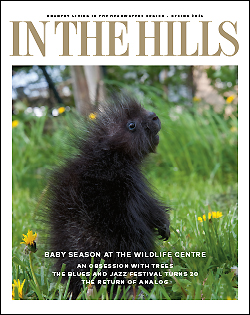Streamside Salamanders
Long-tailed and tiny-legged, these slow moving salamanders face formidable challenges as our urban footprint grows.
In late April I travelled to a state park in West Virginia. One evening rain fell and the quiet roadways of the park became the canvas for a parade of exquisitely coloured salamanders. Appalachia is the world biodiversity hotspot for these amphibians.
Many of these salamanders live along burbling streams concealed under leaves and stones. However, on rainy nights, they emerge to walk the forest floor and travel from one stream to another.
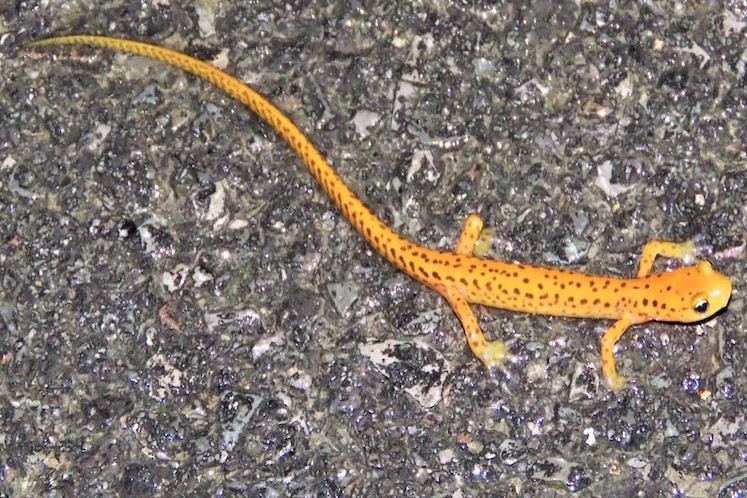
The Long Tailed Salamander. Photography by Don Scallen.
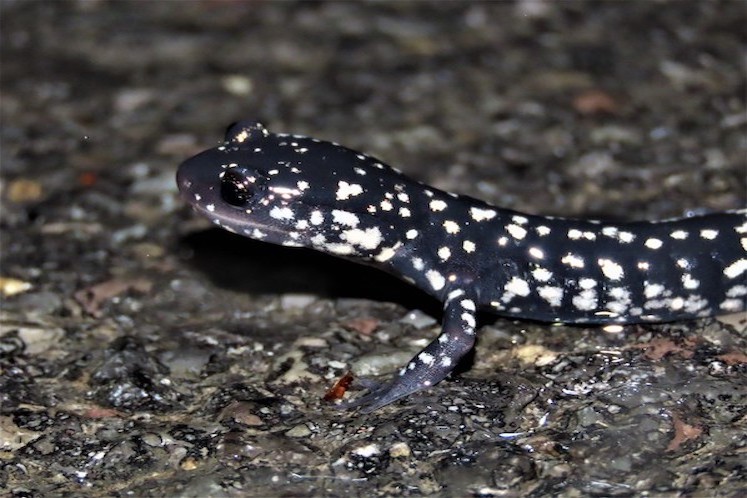
The Northern Slimy Salamander
I found seven species of stream-dwelling salamanders and reflected that none of them inhabit Headwaters, even though the Niagara Escarpment with its hills, brooks and forests appears, on the surface at least, a somewhat gentler version of the Appalachians.
With similar habitat available, it’s interesting to ponder why these salamanders do not enliven our forest streams. Climate is an obvious factor. West Virginia is warmer, though Appalachian winters can still be harsh.
Another reason is glaciation. Unlike southern Ontario, West Virginia was never scoured by massive sheets of ice that swept almost every living thing away. Our plants and animals had to recolonize after glaciation, and salamanders don’t move very fast.
They are small with tiny legs and they face formidable barriers. Imagine one of these lilliputian creatures standing on the shore of the Niagara River in New York State, looking across that daunting barrier of water to Ontario.
Remarkably, two species of stream salamanders – the northern dusky and the Allegheny dusky – both abundant in the eastern United States, have managed the crossing and have established a beachhead in the Niagara Gorge. And that is where they will likely remain.
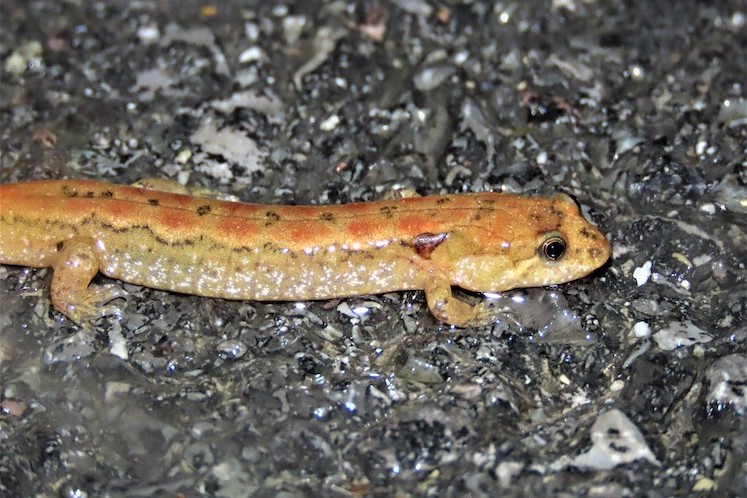
The Northern Dusky Salamander
The intensive agriculture of the Niagara Peninsula will almost certainly prevent any further northward movement of these forest-loving creatures. And this is perhaps the most salient point of this blog.
Our cities and farms, networked by busy roads, chop natural areas into pieces and hinder the dispersal of all sorts of wildlife. Animals may be able to ford rivers, but the built landscape we place in their way can defeat their travel plans.
Related Stories
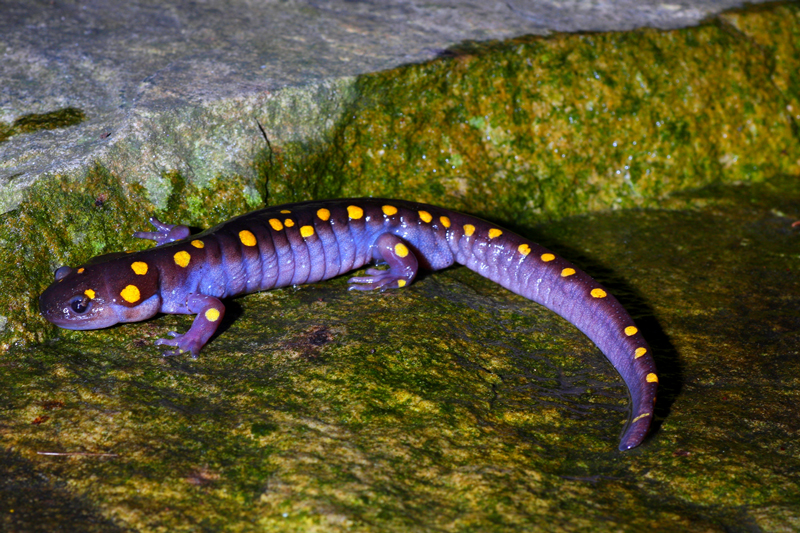
April is Salamander Time
Apr 9, 2010 | | Notes from the WildDon Scallen introduces us to three species of salamanders that are starting to appear in our hills. The first half of April is salamander time in our hills.
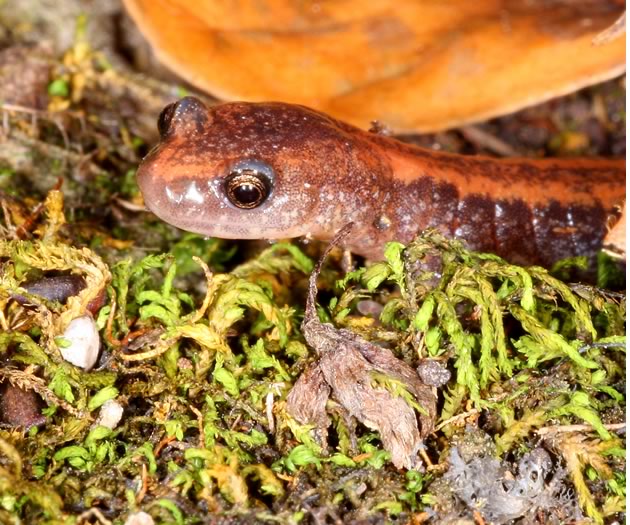
Red-backed salamander
Oct 17, 2013 | | Notes from the WildRed-backed salamanders are abundant, outnumbering all of the reptiles, rodents and birds that share their forest habitat.





